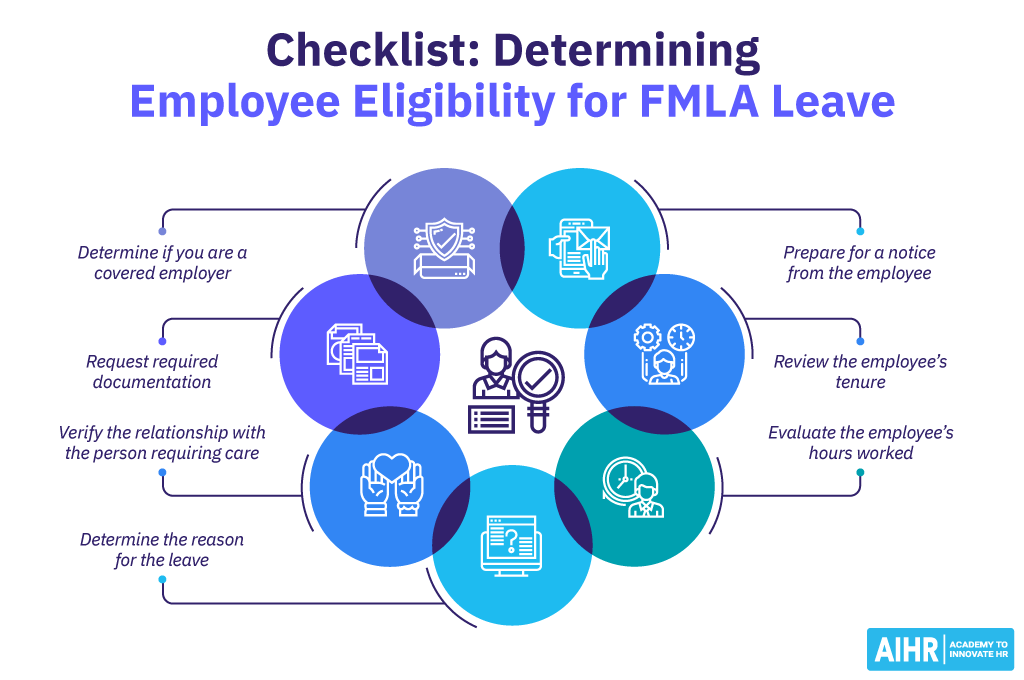LPC FMLA Paperwork: 5 Key Things You Need to Know

FMLA leave (the Family and Medical Leave Act) is crucial for employees who need to take time off work for family or medical reasons. Understanding the requirements for FMLA paperwork can be overwhelming. This post will break down the five key things you need to know about FMLA paperwork to help you or your employees navigate the process smoothly.
1. Understanding Eligibility for FMLA Leave

Before diving into the paperwork, it’s essential to understand who is eligible for FMLA leave:
- Employer Coverage: The employee must work for an employer covered by FMLA. This includes private employers with 50 or more employees, all public agencies, and elementary or secondary schools.
- Employee Requirements: The employee must have worked for the employer for at least 12 months, have at least 1,250 hours of service during the 12-month period before the leave begins, and work at a location where the employer has 50 or more employees within 75 miles.
🔍 Note: If you’re unsure about your or your employee’s eligibility, it’s wise to consult with your HR department or an employment law attorney.
2. Documentation Required for FMLA Leave

FMLA requires specific documentation to process a leave request:
- Application for Leave: Employees must fill out and submit an application, often provided by the employer’s HR department. This form will request details about the leave such as the reason, expected duration, and whether it’s continuous or intermittent.
- Medical Certification: If the leave is for medical reasons, a certification from a healthcare provider is necessary. This form, WH-380-E or WH-380-F, must be completed by the healthcare provider to detail the medical condition or situation.
Here’s how the medical certification form might look:
| Employee’s Name | Healthcare Provider’s Name | Expected Duration |
|---|---|---|
| John Doe | Dr. Smith | 12 weeks |

📝 Note: Ensure all forms are filled out accurately and completely to avoid any delays in leave approval.
3. Employer’s Role in FMLA Paperwork

Employers play a significant role in the FMLA paperwork process:
- Notification: Employers must provide employees with notice of their eligibility within five business days after the employee requests leave or the employer learns of the need for leave.
- Designation Notice: Once the medical certification is received, employers should notify the employee of the leave’s designation and duration.
- Maintenance: Employers need to keep records of the FMLA leave, including dates, duration, copies of relevant documents, and employee notifications, for at least three years.
4. Key Rights and Responsibilities

Both employees and employers have rights and responsibilities under FMLA:
- Employee Rights:
- Right to reinstatement upon return.
- Continued health insurance while on leave.
- Privacy regarding medical information.
- Employer Responsibilities:
- Maintain the employee’s health benefits.
- Ensure job protection for eligible employees.
- Keep all medical records confidential.
🔐 Note: Employers must maintain the confidentiality of any medical information received in the course of handling FMLA leave.
5. Common Challenges and How to Navigate Them

Navigating FMLA paperwork can come with its set of challenges:
- Approval Delays: Timely submission of all required documentation can prevent delays.
- Coordinating with Healthcare Providers: Ensuring that the medical certification is completed promptly by healthcare providers can be streamlined through clear communication.
- Intermittent Leave Management: For intermittent leave, both employees and employers need to track hours carefully to stay within the 12-week limit.
To wrap up, understanding the key elements of FMLA paperwork ensures that both employees and employers can navigate this process effectively. From eligibility criteria to the documentation required, the process, though intricate, provides necessary protections for those who need to take leave. By being aware of your rights and responsibilities, you can make the leave process as smooth and stress-free as possible.
What should I do if my FMLA leave request is denied?

+
If your FMLA leave request is denied, review the eligibility criteria again or contact your HR department for clarification. If you believe the denial is incorrect, you might need to consult with an employment law attorney.
Can my employer ask for additional medical certification?

+
Yes, under certain circumstances, your employer can request a second or third medical opinion. However, these requests should not be excessive and must be at the employer’s expense.
How is FMLA leave tracked?

+
FMLA leave is tracked on a rolling 12-month period, where the amount of leave taken is measured backward from the date an employee uses any FMLA leave. This means if you have taken 6 weeks in the last 12 months, you would still have 6 weeks of leave available.
What if I need to extend my FMLA leave?

+
If you require more leave than initially approved, you must provide new or updated medical certification justifying the extension. Employers are not obligated to extend FMLA leave beyond the 12-week limit but may offer other forms of leave.